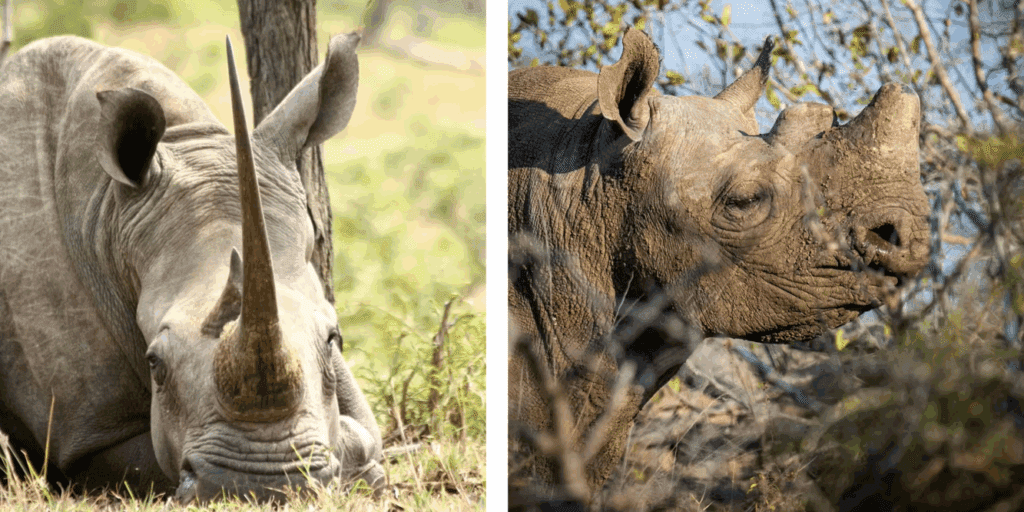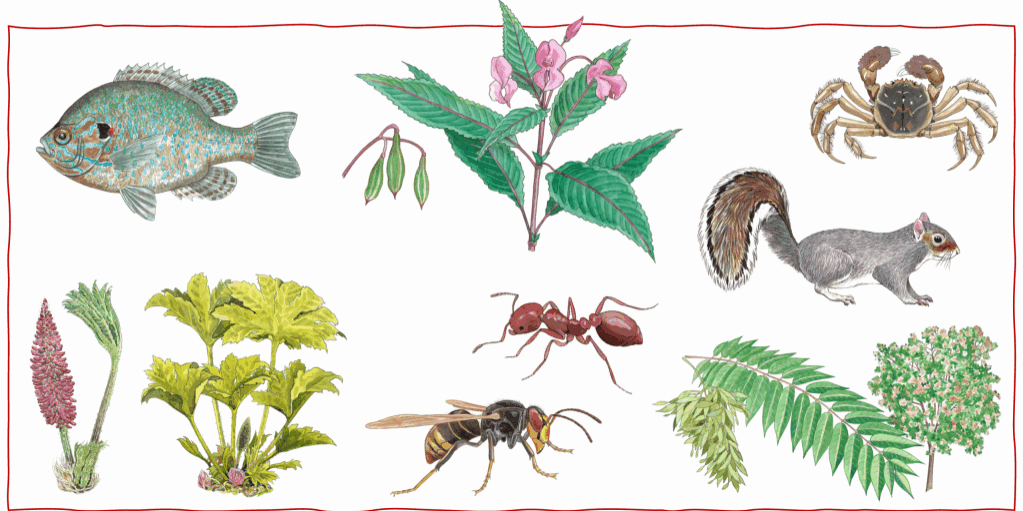The biodiversity of marine artificial structures
Ally Evans is a postdoctoral research officer at Swansea University’s School of Biosciences. Previously at Aberystwyth University, she co-authored the Enhancing the Biodiversity of Marine Artificial Structures synopsis as part of the EU-funded Ecostructure project.

Our coastlines have been modified and developed for centuries to support coastal living, and commercial and recreational use of the sea. Some industries spread further offshore to explore and exploit the abundant natural resources found in the marine environment, such as oil, gas and more recently, renewable energy. With growing human populations and expanding marine industries, the footprint and associated impact of these activities is expected to increase by over 50–70% in the next decade. This phenomenon is called ocean sprawl.
When built infrastructure is placed in the marine environment, the natural habitats within their footprint are destroyed. Neighbouring habitats and species can also be damaged, disturbed and sometimes displaced. Engineered structures provide new artificial habitats for some species and they can become de facto artificial reefs. But they are not designed to provide homes for marine life like artificial reefs are – they are designed to fulfil some other engineering function. Studies from around the world show that, on the whole, artificial structures such as seawalls, breakwaters, seabed cable routes, and turbines do not provide habitats of equal value to natural hard-substrate reef habitats. They support fewer species and different community arrangements. This is of great concern, since we are well aware of how important healthy functioning coasts and seas are for our continued existence.
Decades of observation and experimentation of the biology and ecology of marine organisms in rocky and coral reef environments have given us a fairly good understanding of what different marine species and communities need to thrive. This knowledge, along with innovative work on artificial reefs, has spawned a new era of ‘ecological engineering’ or ‘eco-engineering’, whereby artificial structures are modified to make them better habitats for marine life. This is also known as ‘Integrated Greening of Grey Infrastructure’ (IGGI) in political and environmental management spheres. Marine artificial structures can be enhanced to provide biodiversity benefits whilst simultaneously serving their primary engineering function. The concept is becoming popular in some parts of the world and such approaches may contribute towards sustainable development ambitions. It is crucial, however, to ensure full transparency regarding the benefits that can (and cannot) be achieved. It is also important to acknowledge that there is likely to be a net environmental impact of introducing artificial structures to the marine environment, regardless of actions taken to enhance their biodiversity.

In this new synopsis of evidence for the Conservation Evidence project, we have summarised the global evidence for the effects of actions that can be taken to enhance the biodiversity of marine artificial structures. We tried to include all the actions that could be taken – whether evidence of their effects existed or not. The actions are split into those that can be carried out on intertidal structures and those that can be carried out on subtidal structures. The majority of actions involve creating artificial habitats on structures – things like holes, crevices, grooves, ledges, flexible habitats and rock pools. We know that microhabitat features like these are important for providing refuge from predators and shelter from environmental stresses in natural marine habitats. We also know that these features are often lacking on artificial structures. Therefore, by designing microhabitats into structures, we can make them more like natural reef habitats.
We provide clear definitions for what constitutes a hole versus a crevice versus a groove – since these descriptions are subjective and can mean different things to different people. There is little consistency in their usage in published literature. We hope that the definitions outlined in our synopsis will be adopted for naming and describing microhabitats – both natural and created – in the future. This is key to strengthening the evidence base for how important different features are for different marine species and life stages in different environmental contexts. Other actions include transplanting or seeding desirable species directly onto structures, removing or controlling non-native or nuisance species, and management actions to reduce human disturbance from maintenance and harvesting activities.
In total, we described 43 actions that can be taken to enhance the biodiversity of marine artificial structures. We found evidence for the effects of 33 of these. The evidence was taken from 86 publications and reported as 176 summaries of individual studies. The evidence can be easily filtered and viewed on the Conservation Evidence website here. However, we strongly advise anyone using this information to read the front sections of the pdf version of the synopsis, which can be downloaded here. This includes a lot of very important information and advice about how to interpret the evidence, plus important caveats and considerations that must be kept in mind when using it in decision-making.
We hope this new evidence resource will support evidence-based planning and decision-making for enhancing the biodiversity of new and existing marine artificial structures. We also hope it will reduce the risk of greenwashing potentially harmful development projects – intentionally or not – on the false hopes of biodiversity benefits.
This synopsis was made possible through funding provided by the Ecostructure project. Ecostructure is part-funded by the European Regional Development Fund (ERDF) through the Ireland Wales Cooperation Programme 2014-2020.



